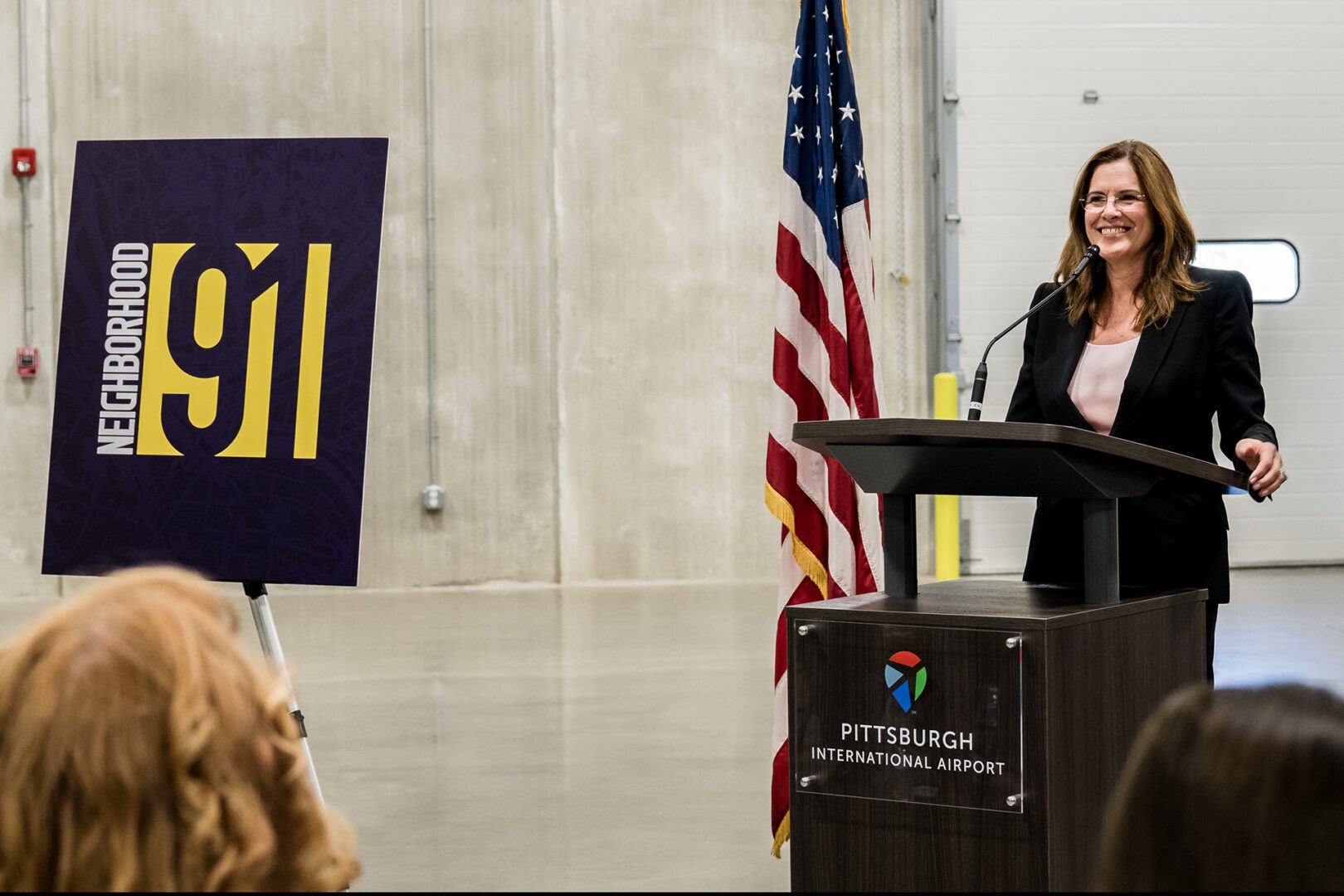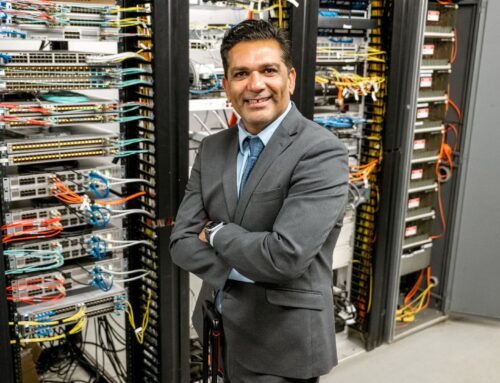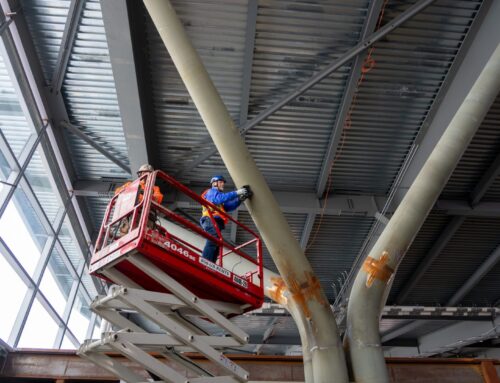Cassotis Viewpoint: Our Next Great Economic Transformation is Converging – Right Here in Pittsburgh
Energy and Innovation Summit brings industry leaders, academics and the president to CMU
By Christina Cassotis
Published July 14, 2025
Read Time: 4 mins

Editor’s note: This story first appeared in the Pittsburgh Business Times on July 13, 2025.
Every economic transformation is a story of convergence. Abundant coal and inventive engineering were joined together in Britain to launch the steam-driven industrial revolution. University engineering talent and Cold War defense investment converged in Silicon Valley to spark the digital age.
Closer to home, visionary entrepreneurs and skilled workers converged on a region blessed with abundant natural resources and river transportation infrastructure. Pittsburgh, the Steel City, was born.
And when the president of the United States arrives in Pittsburgh on Tuesday to join key leaders for the Energy and Innovation Summit at Carnegie Mellon University (CMU) – convened by Sen. Dave McCormick – they will witness another remarkable convergence: America’s next great economic transformation, coming together right here in western Pennsylvania.
This isn’t nostalgia for Pittsburgh’s industrial past – it’s recognition of a dynamic future. As CMU President Farnam Jahanian noted recently, “Our region has long been a national center of energy production and infrastructure, and … has emerged as a global hub for AI, robotics and advanced technology.” What makes this moment extraordinary – and quintessentially Pittsburgh – is how these existing capabilities are converging and recombining, creating entirely new enterprises to solve new challenges.
As the front door and global on-ramp for our region, Pittsburgh International Airport (PIT) exemplifies how we’re bringing multiple pieces together to drive a transformation. We’re moving passengers and cargo, of course – and we’re pioneering an integrated approach to energy, manufacturing and technology that will define competitive advantage in the 21st century.
This approach turns what others may see as separate challenges into interconnected solutions.
Take Neighborhood 91, our additive manufacturing campus built on previously undeveloped airport land. This isn’t a stand-alone industrial park – it’s a fully made-in-the-USA ecosystem that integrates power generation, advanced manufacturing and global logistics in one location. Through our partnership with the University of Pittsburgh and operation by Regional Industrial Development Corp. (RIDC), we’re home to companies that produce critical components for defense, energy, aerospace and transportation. All the elements are locally sourced, locally manufactured, locally produced, then brought together and efficiently shipped directly from our runways to global markets.
The converged approach is working. Neighborhood 91 already holds multiple U.S. Department of Defense contracts and is rapidly becoming a go-to solution for advanced manufacturing computing needs that strengthen American supply chains.
Our energy strategy demonstrates what’s possible when you employ an integrated approach with existing local resources. PIT operates the world’s first microgrid to fully power a major airport, fueled by natural gas from the Marcellus Shale deposits beneath our property and 10,000 solar panels installed on a former landfill. This is about redefining sustainability – to include financial and operational resilience with competitive advantage.
While airports worldwide face power outages, communication failures and infrastructure disruptions, PIT is able to maintain uninterrupted operations. More importantly, we’re now positioned to help solve one of AI’s biggest bottlenecks: Its massive energy requirements.
This thinking creates ripple effects far beyond our property lines. Our microgrid has gained international recognition at forums like the International Conference on Disaster Resilient Infrastructure, among others, establishing Pittsburgh as a global center for resilient energy solutions.
We’re now tackling a profound aviation challenge: Achieving net-zero carbon emissions by 2050 through onsite sustainable aviation fuel (SAF) production. Once again, our unique convergence of resources – natural gas, locally produced ethanol and reimagined airport infrastructure – positions us to pioneer industry-wide solutions. It’s a vision that extends beyond PIT’s operations. We can produce enough SAF to fuel aircraft at our airport while exporting surplus to airports in New York, Philadelphia, Boston and beyond. What started as a local innovation can become a regional energy solution, then a national model with global impact.
This spirit of integration extends to our new, state-of-the art terminal, where advanced technology comes together with innovative design and traditional Pittsburgh hospitality. Our goal is a truly world-class travel experience that puts the needs of all passengers first.
What makes Pittsburgh’s approach work, and what makes it a model for others, is how we bring resources, ideas and people together in ways that have never been done before. For an airport like PIT, which already operates as a small city with intersecting impacts on multiple global industries, this has been key to our success. But the principles apply everywhere and anywhere: Take stock of what you already have, figure out how to bring existing resources together and together, look for new ways to solve problems – that is innovation.
Tuesday’s summit celebrates what Pittsburgh has already proven: That America’s next economic transformation will combine our traditional strengths in energy and manufacturing with cutting-edge capabilities in AI, robotics and advanced technology. The result is so much more than economic growth – it’s a new model for how innovation, sustainability and global competitiveness can reinforce each other.
It’s already converging right here in Pittsburgh.
Christina Cassotis is CEO of the Allegheny County Airport Authority.






